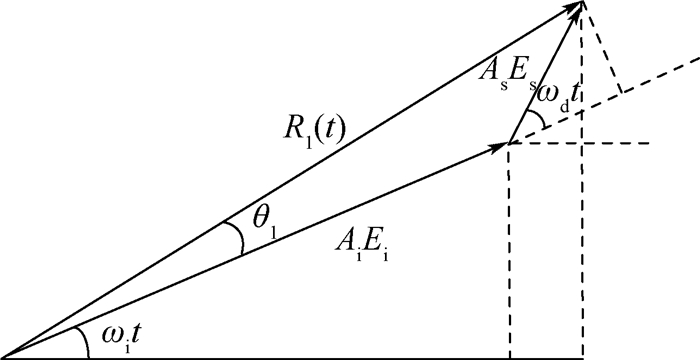Since test optimization selection plays a vital role in the test design of various equipment systems, in the testability design of various types of equipment, test unreliable factors seriously affect the optimization of test selection. First, this paper describes the mathematical model of the multi-objective optimization selection problem under unreliable test conditions. Second, under this mathematical model, the test cost, missed detection rate, and false alarm rate are used as the optimization goals, and the fault detection rate and isolation rate are constraints. Thus, a multi-objective optimization problem was established. Third, the NSGA-Ⅱ algorithm, a fast Non-dominated multi-objective optimization Sorting Genetic Algorithm-Ⅱ with an elite retention strategy, was proposed to optimize the proposed multi-objective problem. Using the NSGA-Ⅱ algorithm, a set of Pareto optimal solutions are obtained, and the optimal test combination can be selected according to actual needs. Finally, an example analysis is performed on a certain equipment, three sets of optimal solutions are obtained, which can meet the optimal selection under different needs, and the feasibility and effectiveness of the mathematical model and multi-objective optimization algorithm are verified.



